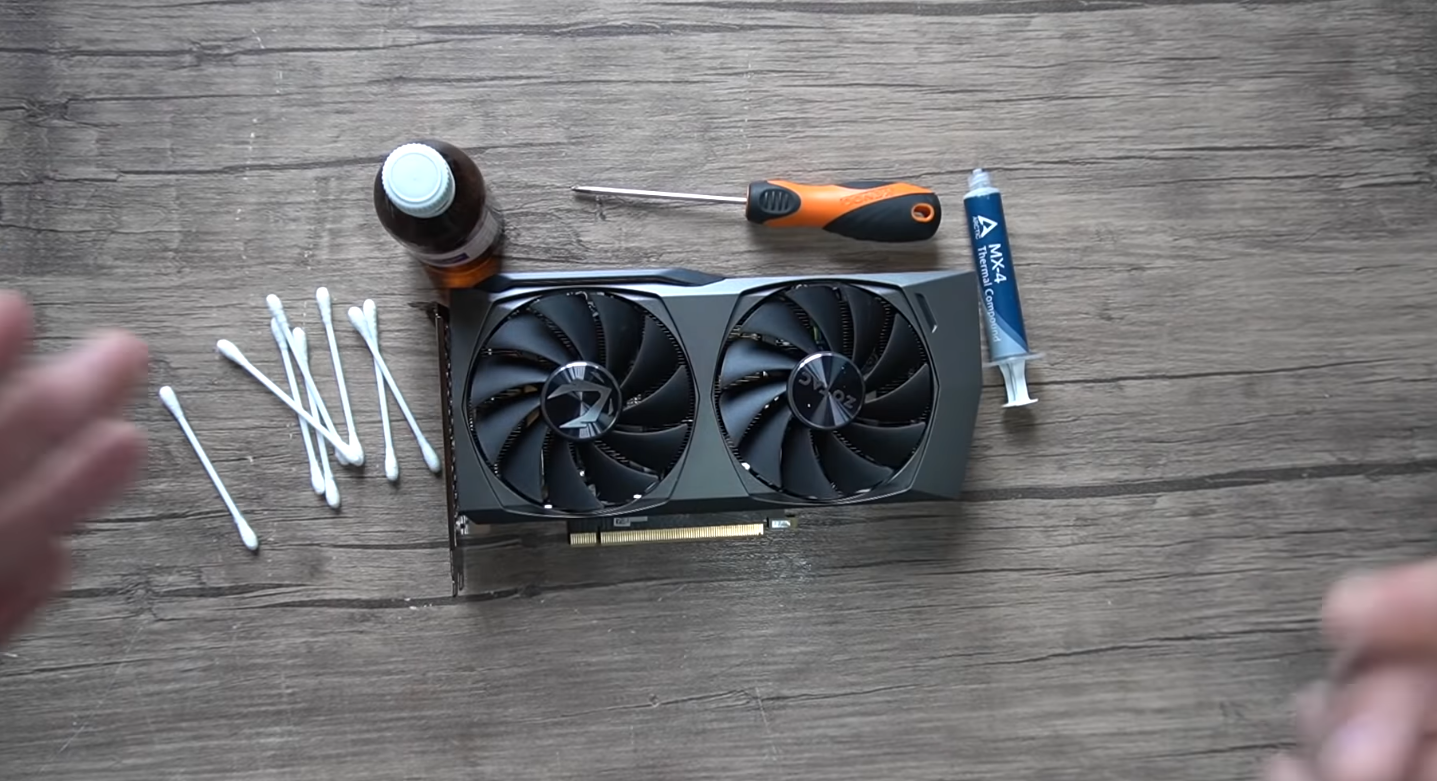Nvidia announced its RTX 3060 last month, later revealing that it was putting the brakes on Ethereum mining performance with this card. Simultaneously, Nvidia announced the professional ‘CMP’ mining GPUs.
However, within all this, CryptoLeo, a Russian YouTuber that specializes in cryptocurrency, showed that the GPU was still profitable to mine with — as long as you didn’t mine Ethereum. Now, the same guy is tearing down his sample of the Zotac RTX 3060 graphics card for your viewing pleasure.
The first thing that stands out to CryptoLeo in the teardown is that the GPU’s memory comes with thermal pads to aid with cooling. This is an absolute must in nowadays market as the memory can run very hot, especially when mining.
Not far into the teardown, after removing the cooler and cleaning the GPU die, it immediately becomes clear which GPU is sat at the heard of this graphics card: the GA106-300-A1 — again confirming that this is the same GPU as in the mobile RTX 3060, but cut down with slightly fewer cores for this desktop variant. Of course, its significantly higher clock rates enable desktop-class performance on the RTX 3060.
Image 1 of 3
Image 2 of 3
Image 3 of 3
As spotted by @Harakuze5719, the PCB is identical to that of the Zotac RTX 3060 Ti Twin Edge. This isn’t a huge surprise as the two GPUs don’t differ in power requirements all too much, so why make yet another PCB model if the same design can be re-used? Power delivery for the GPU is handled by a 5-phase setup with two power phases cleaning up power for delivery to the vRAM.
No Big Surprises In This Teardown
All things considered, there are no huge surprises to be seen here — this is a midrange card with a midrange cooling solution, and PCB designs have shrunk enough to fit the GPU into a palm of a hand.
The RTX 3060 is set to hit shelves tomorrow at an MSRP of $329 – but we’ll be impressed if even one card trades hands for that price.
